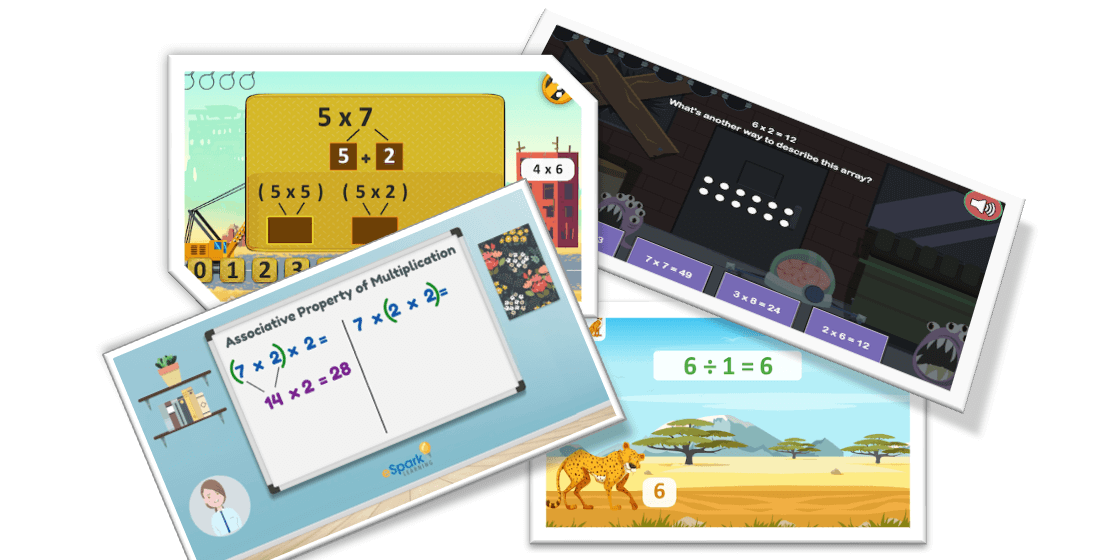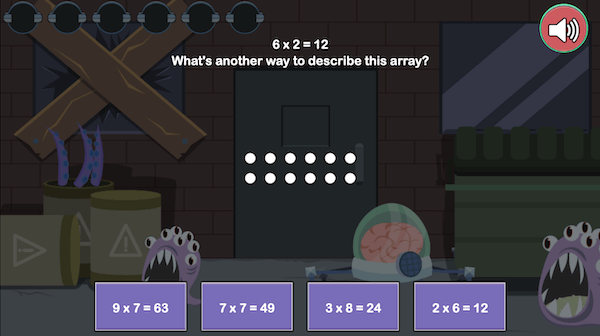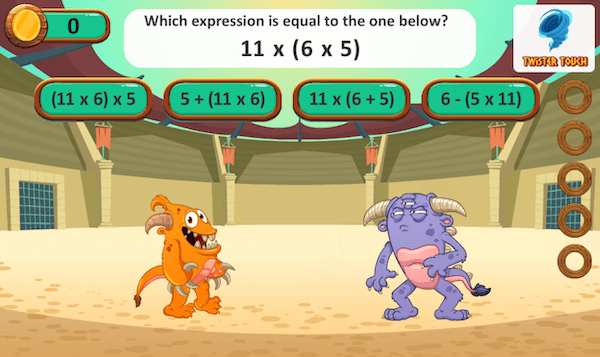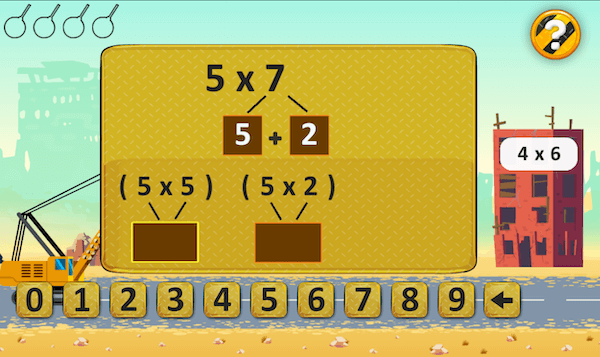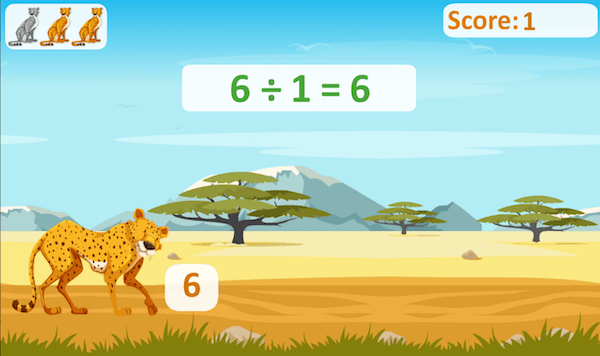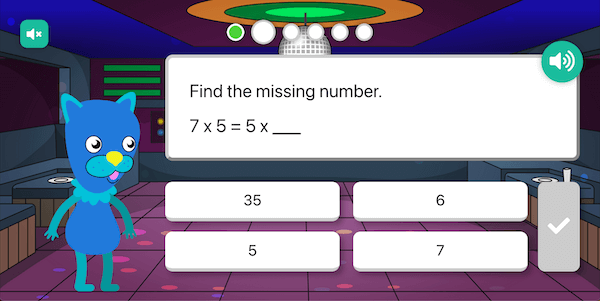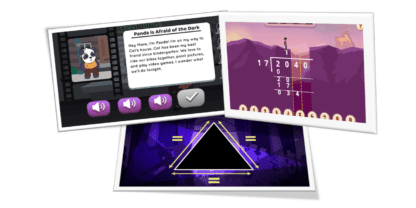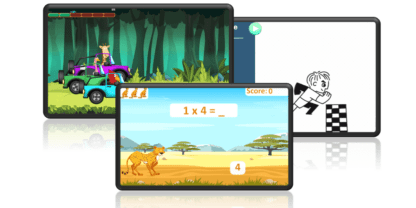The properties of operations are key building blocks as students begin to delve into more complex mathematical expressions and concepts. These properties can be applied to upcoming work with fractions, order of operations, and more.
eSpark’s 3rd grade math curriculum features an entire Quest dedicated to the properties of multiplication, including a wide variety of instructional videos, songs, games, and checks for understanding. We’ve curated a few of those activities here—teachers who are new to eSpark can sign up free using the link above to access all linked Small Group Skills and relevant progress and activity reports.
As always, have fun eSparking!
The Commutative Property
The commutative property tells us that the order of the factors does not affect the product; e.g. a × b = b × a.
…or try these stand-alone activities:
Instructional Video: What is the Commutative Property?
Practice Game: Alien Invasion
Uh oh! Aliens have invaded Earth and your students in the Elite Alien Round-Up Squad are the only ones who can send them back to their home planet. Students will power up their teleportation lasers by determining another way to describe six different arrays, given one correct expression. Can they save us all?
The Associative Property
The associative property tells us that the way we group factors does not affect the product; e.g. (a × b) × c = a × (b × c).
…or try these stand-alone activities:
Instructional Video: What is the Associative Property?
Practice Game: Monster Battle
Students collect coins between rounds and use their funds to purchase a variety of attacks for use in the arena. Once there, they’ll take on monstrous opponents by choosing equal expressions and unleashing their chosen attack. Will your students become masters of the arena?
The Distributive Property
The distributive property helps us work with brackets and parentheses by telling us we can multiply each addend (or subtrahend) by the number outside the bracket/parentheses to solve the expression; e.g. a(b + c) = a × b + a × c.
…or try these stand-alone activities:
Music Video: The Distributive Property Song
Practice Game: Distributive Property Demolition
In this perfect followup to the famous Distributive Property Song, students are put in charge of a demolition crew and tasked with taking down some old buildings. To do so, they must break down multiplication problems using what they know about the distributive property. Correct answers are rewarded with a powerful swing of the wrecking ball and a satisfying pile of rubble!
The Identity Property
The identity property is a helpful reminder for any number that finds itself struggling to remember its place in the world. All we have to do is multiply said number by one to validate its existence; e.g. a × 1 = a.
…or try this stand-alone activity:
Practice Game: Cheetah Chaser
Chance the Cheetah is a big fan of multiplying and dividing by one. He also has an impressive vertical! In this game, students will leap over the correct answers to expressions involving factors and divisors of one. Time to show off that cheetah power!
Bonus: Bring it all together
Practice Game: Properties of Multiplication
Are your students feeling good about all the properties of multiplication? Test their skills with this review game featuring eSpark’s own Indigo the cat (and some upbeat, futuristic tunes). Consider this the final boss of eSpark’s properties of multiplication resources!
(Play-based) x (math practice) = better outcomes
eSpark’s unique, play-based approach to supplemental curriculum has helped more than 400,000 teachers spark a love of learning in their classrooms. By delivering a multi-sensory digital experience for students working independently or in small groups, eSpark can help you get new concepts to stick while providing multiple paths to standards mastery. Students encounter this vibrant content via their individual adaptive pathways and pre-built Small Group Skills lessons consisting of an instructional video, gamified practice and application, and a check for understanding.
There’s never been a better time to try eSpark in your classroom. Click the sign up link at the top of this page for free access to the full experience today!
